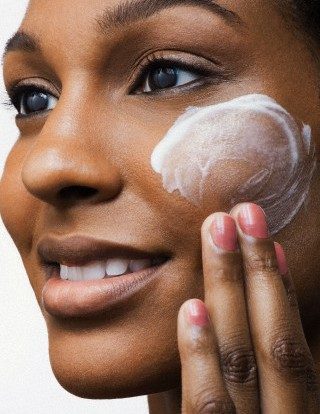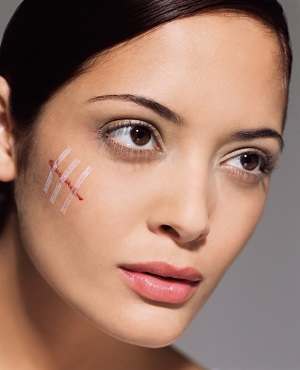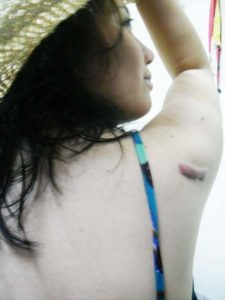Saying Goodbye to Burn Scars
Burn scars are very traumatic and can severely affect self-esteem and quality of life. Moving on from burn injuries can be very stressful, and reducing the appearance of burn scars is the first step in healing. Getting the proper burn scars information helps get you started on the path to feeling better about yourself and also helps you begin a fresh new life with better looking skin.
Burn scars leave marks on the skin that can be hard to deal with, and you may have a hard time going out in public or socializing with friends. Many people who suffer from these marks only avoid others because they don’t want to answer questions about the initial injuries. The good news is burn scars can be treated with several effective treatments. Reducing their appearance can help you say goodbye to burn scars and increase your confidence and quality of life.
Time to Heal Burn Scars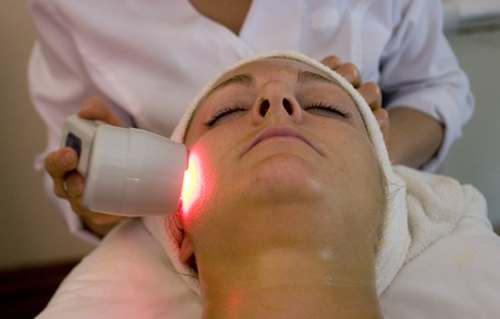
Burn scars can be treated over time, but this depends on how severe the burn was and how long it has been since the original injury. The more time that passes after a burn injury occurs, the harder it is to heal the scar.
If a burn scar is old, it will take a long period of time to heal. Starting treatment as soon as the injury occurs dramatically reduces the time needed to fade the scar. There are many different treatments that can effectively fade and reduce the appearance of burn scars.
Tips for Treating Burn Scars
It is possible to treat burn scars with over-the-counter scar creams and gels, medical treatments and chemical peels. Consult with a specialist as soon as burn injuries are well healed. A dermatologist or cosmetic surgeon can evaluate the depth of the scar and recommend the best treatment.
If the scarring is severe, the doctor may recommend surgery, laser treatments, drugs, medications, or microdermabrasion to help smooth the skin and restore healthy new skin cells.
Costs vary with the type of procedure and the amount of treatments necessary.
If your scarring is minimal to even moderate, you may be sent home with a recommendation for cost-effective, over-the-counter treatments.
All-Natural Remedies
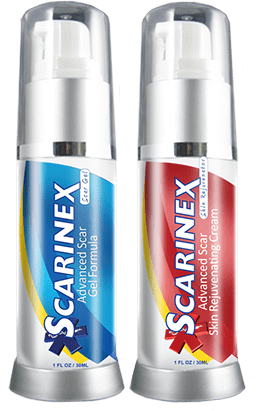 You can treat mild to moderate burn scars with safe and effective all-natural treatments. When you use natural remedies for burn scars, you can reduce the redness of scar tissue and have healthy looking, smoother skin. These types of treatments have no side effects, and they are relatively inexpensive compared to pricey medical treatments. One popular treatment option is Scarinex. This product has been proven to be very effective in reducing burn scars and many other types of scars.
You can treat mild to moderate burn scars with safe and effective all-natural treatments. When you use natural remedies for burn scars, you can reduce the redness of scar tissue and have healthy looking, smoother skin. These types of treatments have no side effects, and they are relatively inexpensive compared to pricey medical treatments. One popular treatment option is Scarinex. This product has been proven to be very effective in reducing burn scars and many other types of scars.
The most important part of treating burn scars is to begin treatment as soon as possible with a formula that contains healthy nutrients to feed the skin, ingredients to exfoliate and something to increase moisture to the skin and lock it in.
Using the best product yields the best results and helps you recover from burn scars and feel better about yourself.

 Subscribe Now
Subscribe Now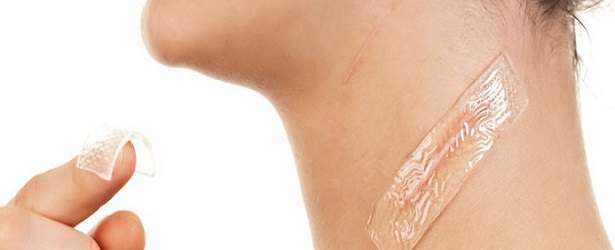
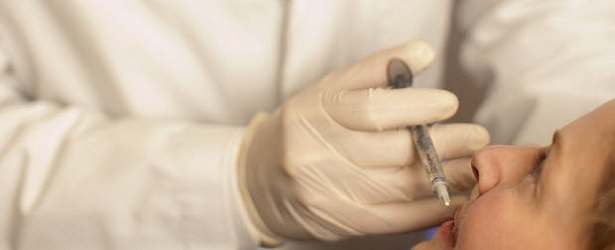
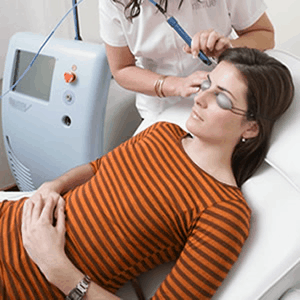 Laser treatment for scar removal can help diminish large scars. Performed by a physician, it is a type of surgery in which a laser is directed at the scar and any tissue surrounding the scar. Since this is an invasive procedure, doctors usually don’t elect to do this treatment unless all other scar removal methods have failed.
Laser treatment for scar removal can help diminish large scars. Performed by a physician, it is a type of surgery in which a laser is directed at the scar and any tissue surrounding the scar. Since this is an invasive procedure, doctors usually don’t elect to do this treatment unless all other scar removal methods have failed. When getting ready for laser treatment scar removal, there are a few things you must do before going to the doctor. Preparations alleviate side effects and complications from the procedure.
When getting ready for laser treatment scar removal, there are a few things you must do before going to the doctor. Preparations alleviate side effects and complications from the procedure.
 Sometimes it can be hard to tell the difference between keloid and hypertrophic scars. It is important to understand the difference because the treatment for each is very different. Knowing exactly whether a scar is hypertrophic or keloid will help you
Sometimes it can be hard to tell the difference between keloid and hypertrophic scars. It is important to understand the difference because the treatment for each is very different. Knowing exactly whether a scar is hypertrophic or keloid will help you  The reasons behind the tendency to develop keloid scars are not completely known. Several studies show there may be a defect in the immune system response that causes it to overreact to wounds.
The reasons behind the tendency to develop keloid scars are not completely known. Several studies show there may be a defect in the immune system response that causes it to overreact to wounds.
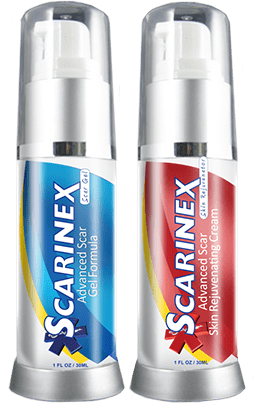 Silicone-based gels can be very effective in scar removal. The popular product
Silicone-based gels can be very effective in scar removal. The popular product 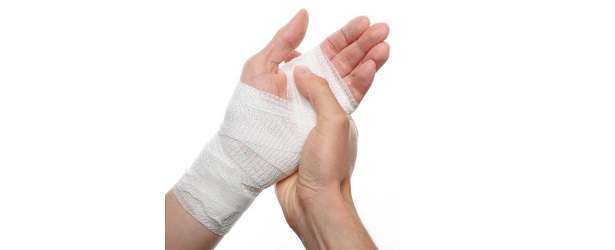


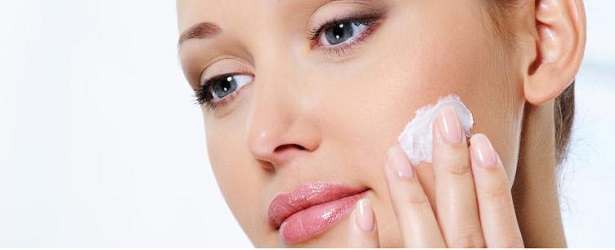
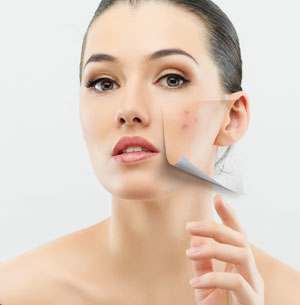 It is important to know that medical treatments for scar removal do not completely remove scars, can be costly and are not usually covered by insurance when they are for cosmetic reasons only. Most acne scar treatments only diminish the appearance of scars, while other treatments out there are very effective for fading scars and at helping regenerate healthy new skin . Before beginning treatment of acne scars, know what type of scar you are working with.
It is important to know that medical treatments for scar removal do not completely remove scars, can be costly and are not usually covered by insurance when they are for cosmetic reasons only. Most acne scar treatments only diminish the appearance of scars, while other treatments out there are very effective for fading scars and at helping regenerate healthy new skin . Before beginning treatment of acne scars, know what type of scar you are working with.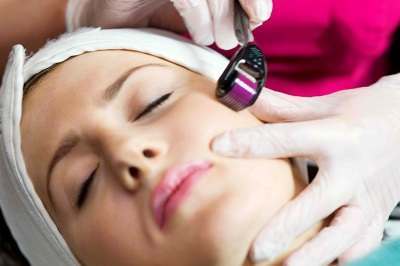 Finding an acne scar treatment that suits your needs depends on what you want. Medical treatment is not necessary if scarring is minor to moderate. If scars are severe, you may need professional help with them. People usually look for treatment and help when scars cause issues with self-esteem, and they are unable to fade them on their own at home.
Finding an acne scar treatment that suits your needs depends on what you want. Medical treatment is not necessary if scarring is minor to moderate. If scars are severe, you may need professional help with them. People usually look for treatment and help when scars cause issues with self-esteem, and they are unable to fade them on their own at home.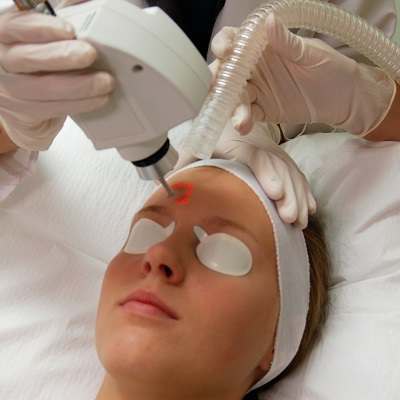 Laser Treatments –
Laser Treatments – 

 Cucumber Paste – Take cucumber and grind it into a paste. Spread over acne scars to help reduce redness and inflammation. Cucumber helps moisturize the skin and speed up healing.
Cucumber Paste – Take cucumber and grind it into a paste. Spread over acne scars to help reduce redness and inflammation. Cucumber helps moisturize the skin and speed up healing.
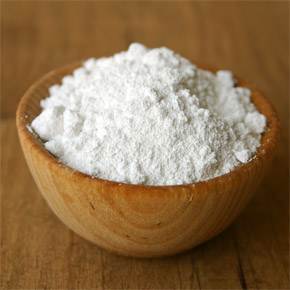 You can make a paste of baking soda and water to exfoliate the skin. When you exfoliate, take off the dead skin cells to reveal a fresh new layer of skin. This process is very beneficial to scar healing. Baking soda helps scars appear flatter, reduces inflammation, and alleviates redness.
You can make a paste of baking soda and water to exfoliate the skin. When you exfoliate, take off the dead skin cells to reveal a fresh new layer of skin. This process is very beneficial to scar healing. Baking soda helps scars appear flatter, reduces inflammation, and alleviates redness. 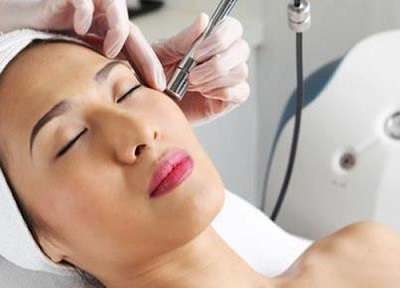

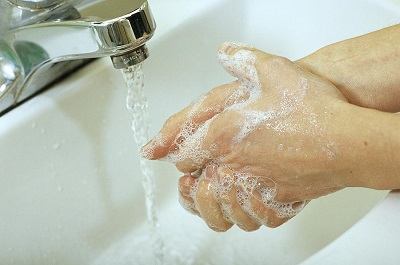 Taking care of wounds properly is the first and most important part of preventive care. Keep the wound clean and dry. Flush new wounds with water, and make sure all dirt is removed from the wound bed. Clean daily with mild soap and water. Keep a sterile bandage over the wound to keep it clean.
Taking care of wounds properly is the first and most important part of preventive care. Keep the wound clean and dry. Flush new wounds with water, and make sure all dirt is removed from the wound bed. Clean daily with mild soap and water. Keep a sterile bandage over the wound to keep it clean.